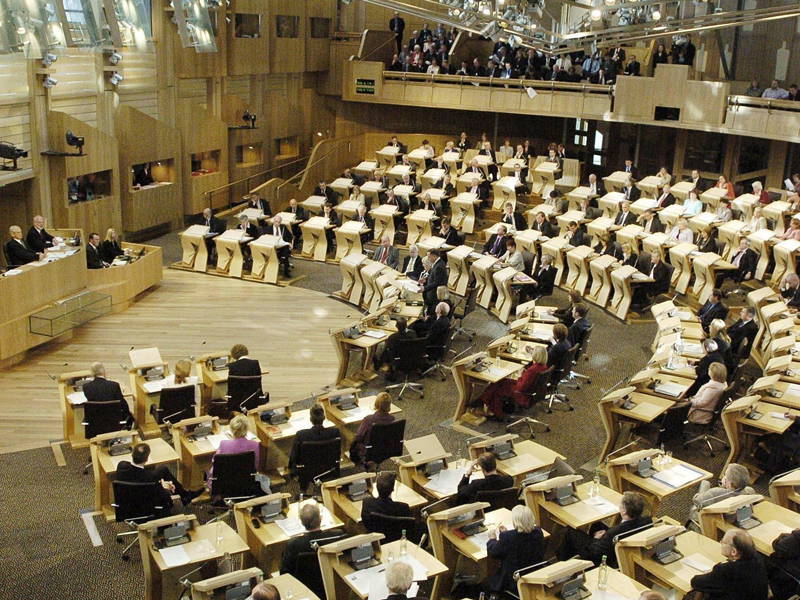A north-east politics expert has claimed pro-UK politicians have allowed the SNP to position themselves as the defenders of Scotland.
Professor Michael Keating, of Aberdeen University, said Labour, the Conservatives and Liberal Democrats have stood back and let the nationalists take on the mantle since the late 1990s.
He said pro-UK campaigners were losing the argument even though they are ahead in the opinion polls because they have failed to “put Scotland at the centre of their campaign”.
Prof Keating, director of the Scottish Centre on Constitutional Change, was reflecting on the independence campaign which has less than four months to run.
“Traditional unionists used to know how to play the Scottish card, being very Scottish but at the same time British,” he added.
“But what they have been doing since the late 1990s is letting the SNP pose as the Scottish party and putting British-ness against that.
“Labour and Conservatives used to be really brilliant at that and I do not know why they have lost that message.
“People who have been around for a long time like Gordon Brown should know better but just seem to have lost that rhetorical trick and Alex Salmond is much better at doing that.”
Prof Keating said First Minister Alex Salmond had been successful in promoting the idea that unions of currency, monarchy, society, Europe and defence would remain after separation.
“The SNP has been able to capture certain high ground points – it is the party that is defending Scotland,” he added.
“It has become the party that is talking about union more convincingly – Alex Salmond talks about the six unions and we are going to keep five of them.
“He understands the language of unionism better than the unionist parties do.
“They have changed the climate of opinion in Scotland which probably explains the gradual, small but significant increase in the ‘yes’ vote.”
Prof Keating said the SNP had “captured” Labour ground by setting themselves up as the party that would protect the welfare state.
“They are overcoming the risk fact by saying if you vote ‘no’ you will get the Tories back and find yourself outside the EU,” he added.
But Prof Keating said the independence campaign was not without difficulties.
“People expect to be given a clearer vision for what independence would look like but they (the SNP) are not able to do that because there are different visions within the ‘yes’ camp,” he added.










